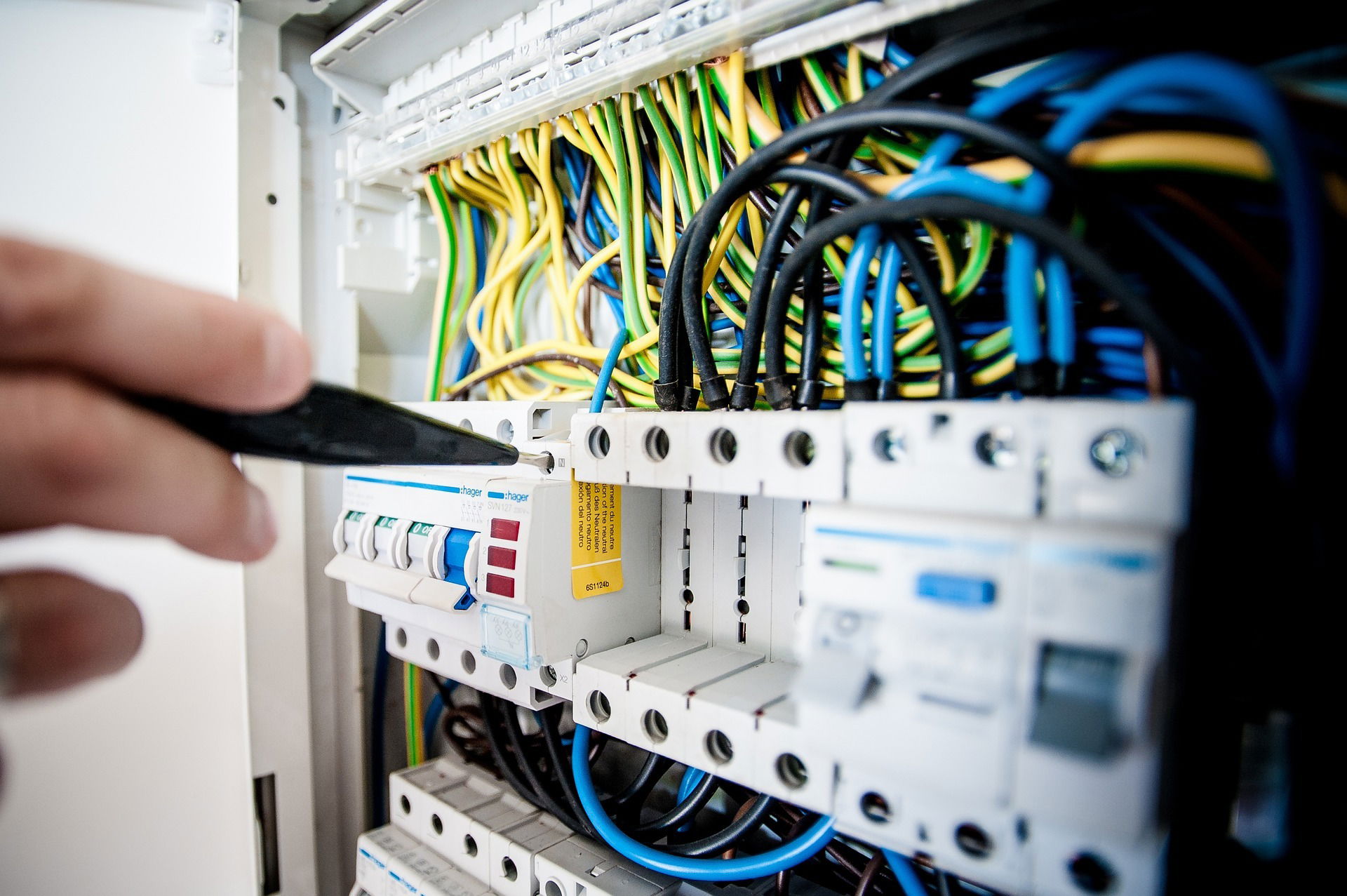Safety Switch Questions

How do Safety Switches Work?
On a normal power circuit, the current flowing to an appliance returns through the neutral wire. If the circuit is compromised, the electricity can leak to earth through a person in contact with the appliance, causing death or serious injury
A safety switch detects the loss of power from the circuit, and cuts the supply of electricity in as little as 30 milliseconds – 0.03 seconds. Importantly, this response time is faster than the critical section of a heartbeat, and therefore significantly reduces the risk of death or serious injury.
I have Circuit Breakers. Is that the Same?
Circuit breakers and fuses are designed to protect the appliances and electrical fittings in your home. They do not protect human life, and will rarely shut off the power in the event of electric shock. Only safety switches will cut the power to a circuit in the event of earth leakage. Only safety switches can save lives and prevent injuries.
How Do I Know If I Have A Safety Switch?
Safety switches have a “test” button on the front face. If the devices in your switch board do not have a test function, they are probably circuit breakers rather than safety switches. You should use the test button several times each year to test that the safety switch is working properly to cut the power. To minimise inconvenience, this can be done at the time clocks are adjusted at the start and finish of daylight savings time. Home owners can also take advantage of any power outage to test their safety switches – after the power is reconnected but before resetting their appliances.
I Have A Safety Switch. Am I Protected?
Many Australian homes have safety switches on the power outlet circuits, and some have safety switches on the lighting circuits. But in most homes, other circuits such as pools, air-conditioners, hot water systems, and stoves are not protected. For the highest possible level of protection, you need a safety switch on every circuit.
A safety switch should always be considered a secondary safety response; it is not a substitute for good old-fashioned common sense around electricity. A person who receives an electric shock from a circuit protected by a safety switch may still feel the current for an instant, and experience pain and shock. However, they are much more likely to survive than they would if the circuit was unprotected.
How Many Safety Switches Do I Need?
While the laws in each state and territory differ we recommend that ALL circuits in ALL homes be retrofitted with safety switches. These circuits include, power points, lights, stove, hot water system, pool, air conditioner, etc.
Are Safety Switches Expensive?
A licensed electrician will need to install your safety switches to ensure your house is protected correctly. Generally, you would be looking at paying a standard electrician’s service fee for the service which is ordinarily in the vicinity of a few hundred dollars. Some homes, dependant on the quality and size of their switchboards may require upgrades which would increase that cost. Contact your local licensed electrician for a definitive quote.
How Reliable Are Safety Switches?
In Australia, under each state Electricity Act, a safety switch is a declared article. This means that a manufacturer must submit a formal test report on the operational characteristics of the safety switch. This report is then compared to the Australian standard for compliance. Once satisfied, an approval is then issued. This approval must be marked on the product and is then able to be sold. To meet this need for testing is quite onerous and therefore the need to ensure quality and reliability is highly desirable by the manufacturers.
Do I Have To ‘Test’ Safety Switches?
Safety switches need to be tested regularly to ensure the mechanism works freely. Testing should be done every three months. As a guide, you should test them when you receive your electricity account. Testing the safety switch is really easy, simply push the button marked ‘T’ or ‘test’. The safety switch should trip and reset by closing, job done. Be aware that some appliances will need to be reset after this test, such as clock radios.
What Happens If I Cannot Reset The Safety Switch?
This may mean that there is an inherent fault on the circuit and will therefore need the expertise of an electrician to inspect and repair this situation.
How Long Will A Safety Switch Last?
Under the current Australian standard, a safety switch is manufactured to last for a period of 4,000 tests. We encourage home owners to test their switches every three months which indicates that unless there is a significant problem with a device, they should last a lifetime.



